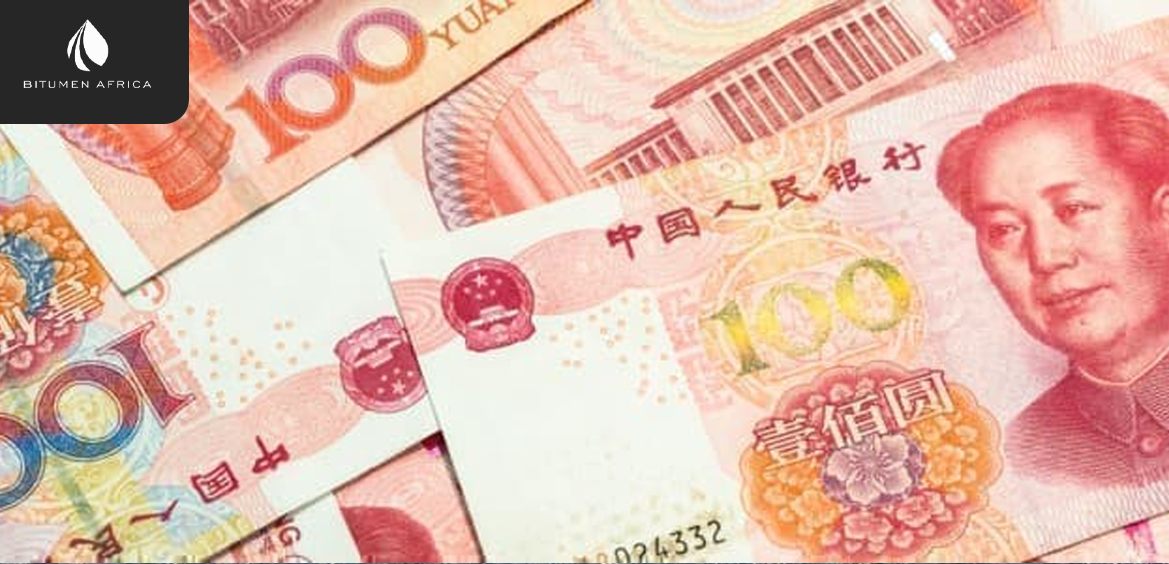The Trump Administration has prioritized countering China’s expanding global influence, particularly in Central Asia, where the U.S. faces challenges in reducing Beijing’s dominant economic presence. China has solidified its role as the region’s top trade partner, surpassing Russia, with trade turnover reaching $94.8 billion in 2024, up from $89.4 billion the previous year. Chinese exports to Central Asia amounted to $64.2 billion, making up over two-thirds of the total trade, while imports, primarily natural resources like oil, gas, and minerals, totaled $30.6 billion.
Kazakhstan led as China’s largest trading partner in Central Asia, with bilateral trade hitting $43.8 billion, a 7% increase from the previous year. Kyrgyzstan saw the most dramatic growth, with a 15% rise in turnover and an extraordinary 3,270% surge in exports to China. However, Kyrgyzstan still faced a significant trade deficit due to high import levels. Turkmenistan, with flat trade at $10.6 billion, remained the only country in the region to maintain a trade surplus with China, thanks to its substantial exports of natural gas. In contrast, Uzbekistan and Tajikistan experienced slight declines in trade, with both nations facing large trade deficits.
China’s economic influence also grew in the Caucasus, with trade rising 22% to $6.5 billion in 2024. The trade balance heavily favored China, as imports from Beijing dominated. Azerbaijan led the region’s trade growth, driven almost entirely by a 55% increase in Chinese imports, while its exports to China plummeted. Georgia’s trade with China rose 10%, with modest export gains, and Armenia’s trade turnover grew 15%. However, Armenia’s shift away from Russian economic ties contributed to a negative trade balance with China for the first time in years, driven by a 75% surge in Chinese imports and declining exports.

